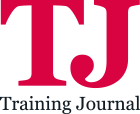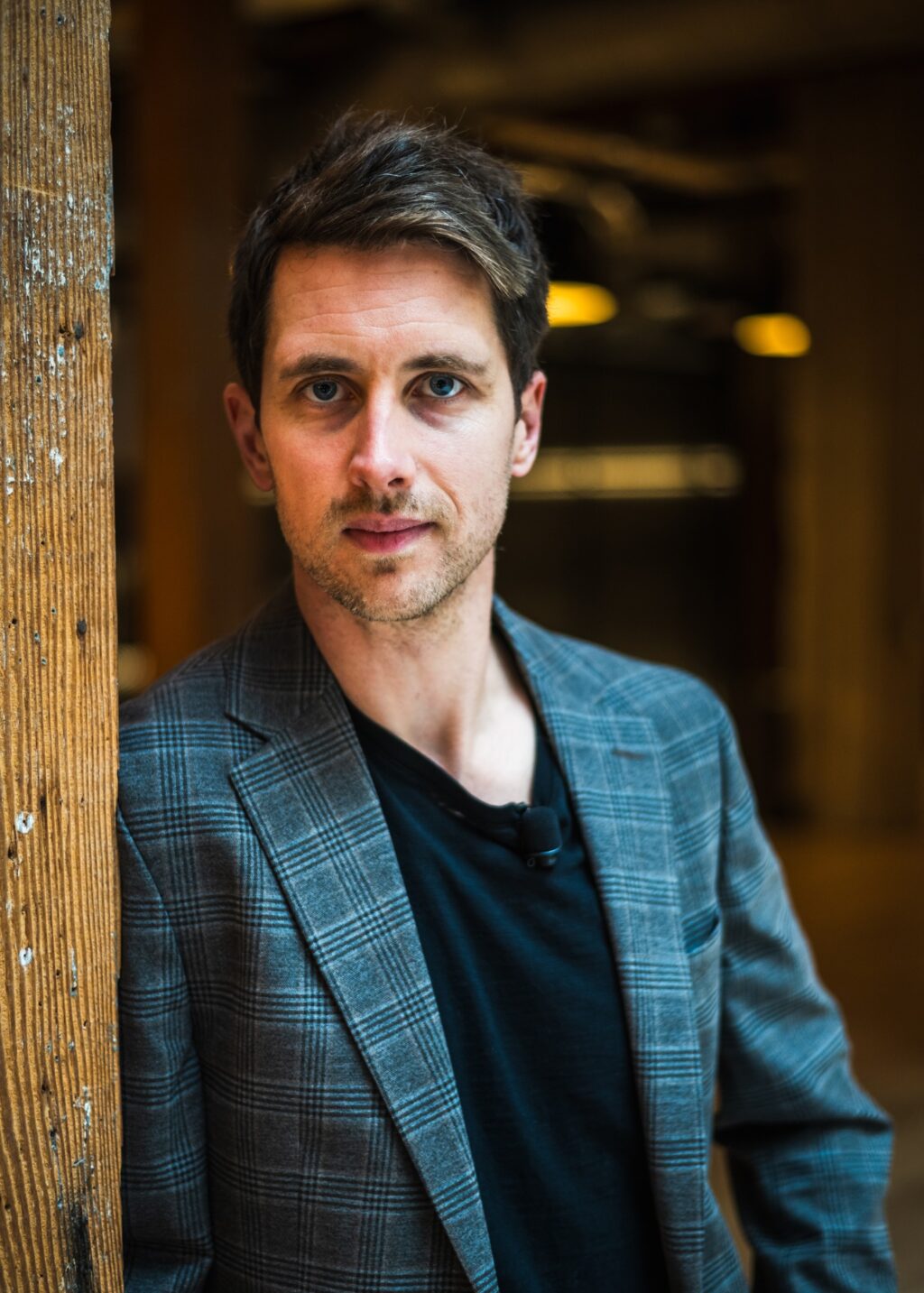Too many capability frameworks promise impact but deliver confusion. Ben Satchwell cuts through the noise to reveal why clarity, focus and co-creation matter. From avoiding vague, generic descriptions to embedding real utility, he shows how to design frameworks that support performance, enable growth and shape how work actually gets done
There’s no shortage of organisations rolling out capability frameworks with the hope of transforming how they assess, develop and deploy talent. But in my experience, many of these frameworks fall short not because of poor intentions, but because of poor design choices made early in the process. The common thread? A misunderstanding of what capabilities are actually for and how they should be constructed.
If we want to move beyond generic libraries and actually influence business performance, we need to stop treating capability frameworks as a checkbox exercise and start building them for utility.
“When capability frameworks work, they don’t just describe work; they shape it”
Here are the most common mistakes I see in capability framework design, and what we can do to avoid them.
Confusing capabilities with tasks or skills
This is one of the most frequent pitfalls I come across. It usually starts with a well-meaning attempt to be practical. Teams start listing what people do in their roles. Think tasks, responsibilities, or even entire job descriptions. But they confuse these with capabilities.
Others default to listing skills such as ‘communication’ or ‘data analysis’, which are only one part of the picture.
Capabilities aren’t tasks. Nor are they standalone skills. A capability defines the ability to apply knowledge and skills to achieve an outcome in a particular context. It’s inherently about application, not possession (think knowledge).
You might know how to conduct analysis, but your capability is about whether you apply it to drive decisions or strategy. When we fail to make this distinction, we dilute the value of the entire framework.
Trying to capture everything
Another common trap is over-engineering. I’ve reviewed over 100 frameworks in my time and seen 30-plus capabilities and found only a handful were being used. The rest? Unwieldy, overlapping, or too marginal to ever gain traction. More isn’t more when it comes to frameworks. Too many capabilities create noise. They overwhelm users and become a burden to maintain (look up the Choice Paradox for why).
A better approach is constraint. Anchor the framework to what actually drives performance or progression in the business. Focus on 5 to 10 core capabilities that really matter. Technical or role-specific elements can be layered underneath later if needed, but your core framework needs to be usable, not encyclopaedic.
Writing vague, generic descriptions
If your framework includes capabilities like ‘effective communication’ or ‘teamwork’ without further explanation, you’ve probably lost your audience. These broad strokes might look tidy on paper, but they don’t provide enough clarity for assessment or development.
Well-crafted capabilities use plain language, tie directly to outcomes, and are supported by clearly defined behaviours. If people can’t picture what ‘good’ looks like or how to develop towards it, the capability has no impact. For development to occur, people need to see themselves in the description.
Inconsistent or poorly structured proficiency levels
The power of a capability framework lies in its ability to differentiate between levels of mastery. Yet I’ve seen far too many frameworks with either a one-size-fits-all approach to levels or wildly inconsistent language between them.
Clarity at each level is key. Whether that’s foundational, developing, proficient, advanced or expert; this structure is essential. Progression should reflect increasing complexity, autonomy or strategic contribution. Without that, you can’t identify gaps, target development, or meaningfully measure growth.
I facilitate the Developing a Capability Framework Course for AHRI and this is a common area in the course feedback where individuals on the capability framework development journey had overlooked its importance.
Designing frameworks in isolation
Too often, frameworks are built solely by HR or L&D, with little input from operational leaders or the people doing the work. The result is a framework that looks fine on paper but has no practical relevance.
In contrast, when frameworks are co-designed with stakeholders from across the business, they gain immediate credibility and are more likely to stick. Leaders need to see their business reflected in the language and structure. If it feels generic, it’ll get generic engagement. Here’s where to throw caution to the wind if you are solely using AI to write yours out!
Failing to embed or maintain
This is the number one reason I see framework projects being perceived as unsuccessful. Even the best framework will gather dust if it’s not embedded in key processes. If it’s not used in hiring, development planning, or performance conversations, it becomes a nice idea that never took root. Capability frameworks need a clear use case from day one and need to be reviewed regularly as the business evolves.
I recommend assigning ownership, setting a cadence for review, and building the framework directly into systems and processes where people are already working. Don’t make it a standalone initiative. Make it part of how the organisation operates.
Final thought
Capability frameworks aren’t about documenting everything someone does. They’re about focusing on the few things that matter most. Done well, they give clarity to individuals, consistency to leaders, and agility to organisations. But to get there, we have to resist the urge to overcomplicate and instead focus on clarity, relevance, and usability.
If you’re building or refreshing a framework, ask yourself: will this help someone understand what great looks like, how to grow, and how to align to our business goals?
If not, keep refining. Because when capability frameworks work, they don’t just describe work; they shape it.

Ben Satchwell is Head of Capabilities at Acorn




